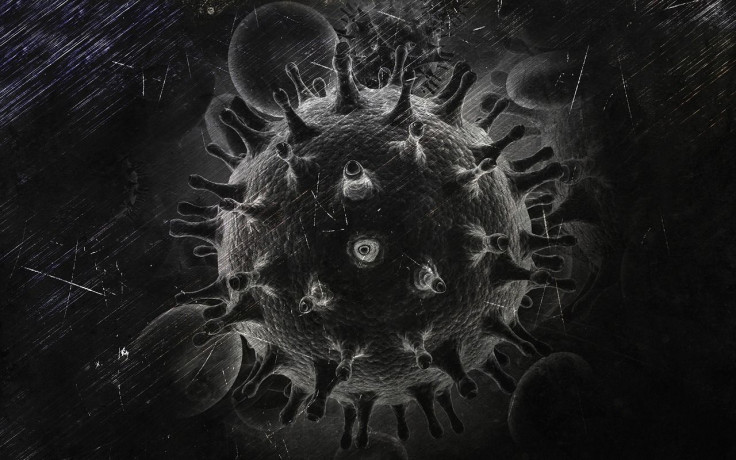HIV Strain Re-Discovered: What You Need To Know

According to scientists, a recently rediscovered subtype of the human immunodeficiency virus (HIV) that causes AIDS is no more virulent than other strains and might succumb to existing treatments.
It is the first new HIV strain identified in 19 years and isn’t new. It was rediscovered by a research group at American medical devices and health care company Abbott Laboratories, based in Illinois.
The newly recognized strain, which was first identified back in the 1980s, is classified as subtype L in the group M family of HIV-1. "M" stands for "major" because this strain causes more than 90 percent of HIV infections worldwide.
"The subtype has been around as long as all the other strains have," Mary Rodgers, author of the new study published Wednesday in the Journal of Acquired Immune Deficiency Syndrome and principal scientist of infectious disease research for Abbott Laboratories, said. "We just didn't recognize it as an official subtype until now."
Scientists explained there are 10 different subtypes in the group M family. Subtype L was first identified in 1983 in the Democratic Republic of Congo. It then reappeared in 1990. It was found a third time in 2001, also in Congo.
New technology now in existence allowed scientists to test subtypes' entire genome to confirm the samples are all part of the same subtype and not a totally new family.
Because the M family is so widespread, scientists reasonably believe drugs already used to control HIV will also be effective against subtype L.
There is no reason to believe Subtype L is more dangerous or virulent than any other strain of HIV, according to scientists.
"I would expect it to respond to treatment the same way those other strains do," Rodgers pointed out. "I don't think there's any cause for concern."
The new strain is extremely rare and can be detected by Abbott’s screening system, added Rodgers. Abbott's tests screen more than 60 percent of the global blood supply. According to Rodgers, the system must detect every strain and “has to be right every time.”



























